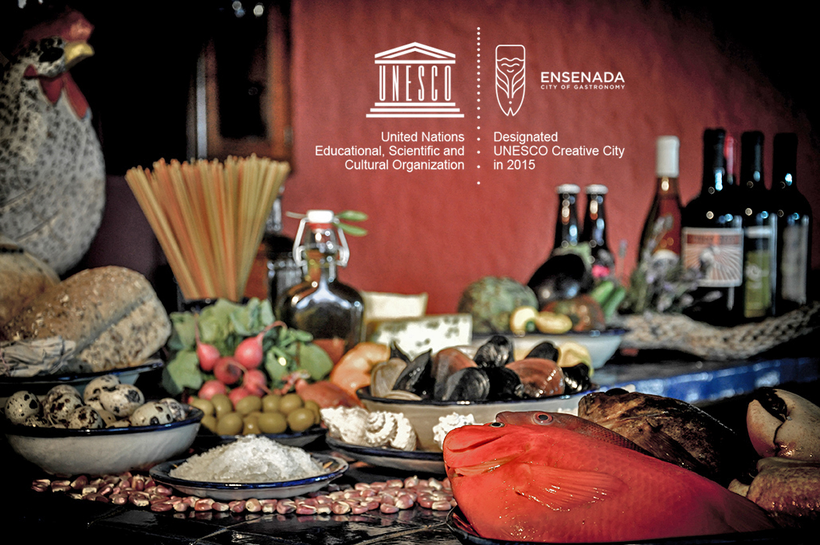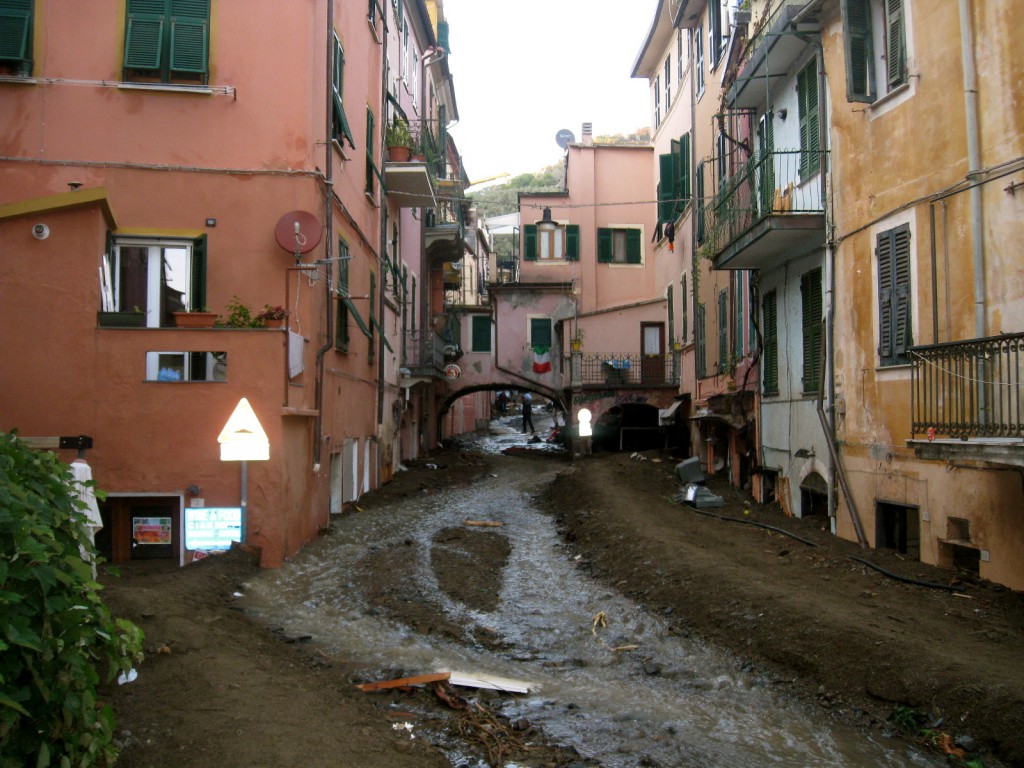
Baja California is a stunning place, with its desert landscapes next to surfing locations, the sprawling vineyards of the Valle de Guadalupe a short drive away from both the mountains and the beaches. Its gastronomy is on the rise. The year-round availability of great produce and fresh seafood, as well the recent growth of its restaurant scene and its wine industries make Baja California an exciting place to explore. Its cuisine is open to the influence of the various communities that settled there over the years, from the Chinese to the French and the Russians, generating the increasingly popular Baja Californiana style, with Mexican mainstays featuring Mediterranean and Asian accents. Even Tijuana, which in the past was not especially renowned for its culinary refinement, now boasts great chefs, a Slow Food conviviumand the beautiful Culinary Art School. Besides courses for chefs, the school also offers a sommelier degree and a master’s program that focuses on the cuisines of Mexico, connecting practice with historical and cultural research.
It is not surprising that in 2015 Ensenada, one of the main towns in the state, became part of the UNESCO network of creative cities, and in particular the one dedicated to gastronomy. It is in this framework that the town hosted the fourth meeting of the Latin American network of Food Design in October. The cities in the network all invest in creativity as a key element to promote cultural diversity, dialogue and new opportunities for sustainable development. The network’s goal is to enhance production and availability of cultural services at the local level, especially for underprivileged groups. At the same time, the international connections and the UNESCO endorsement are supposed to provide visibility, positive reinforcement, and growth opportunities on a global platform, including tourism.
To guarantee more effectiveness, different networks have been established to emphasize various aspects of human creativity, such as literature, film, music, art and folk art, design, media arts. Food was added to the list in August 2005, gastronomy, the city of Popayán in Colombia was appointed the first UNESCO city of Gastronomy. The example was followed by Chengdu, China, and in 2010 the two cities issued the declaration, “Toward a World Union of Gastronomic Cities” that created the foundation for a Creative Cities Network based on food. The declaration framed gastronomy as “a development tool for a wide economic sector that includes several industries such as agro, tourism, transportation, food conservation and handling, lodging, [and] dining.” Besides Ensenada in Mexico, Östersund in Sweden, Zahle in Lebanon, Jeonju in Korea, and Florianopolis in Brazil have already joined the network, and other cities have already submitted their application or are getting ready to, including Niigata and Tsuruoka in Japan, Taipei in Taiwan, and Vic in Catalonia, Spain. So far, the only US city in the network is Tucson, Arizona, in the Sonora desert.
The participation in the network is meant to spur economic development, in which artisanal food with strong connections to place of production can play a crucial role. However, the relationship between the urban centers and the surrounding rural areas, where most crops and animal products are likely to originate, needs to be better clarified. Local ingredients and dishes are not considered in terms of manufacture and commerce, as the “City of Gastronomy” label is not applied to individual products that can travel and be enjoyed outside of the area, but rather is a promotional tool designed to increase local interest for food traditions and to attract tourists to enjoy gastronomy as a cultural resource in its original environment.
In Ensenada, the collective Ensenada Creativa took the initiative by the hand of local designer Damian Valles, bridging gastronomy, design, food production and science to reinforce culinary tourism, cultural identity, sustainability and the food security. The group believes that gastronomy can highlight the connection between society and nature in order to preserve the environment. As Valles explains it: “Creativity is the driving force that unites us as a community. We see the abundance and diversity of our landscape and want to tell the story of what Ensenada can become if it develops wisely thru values of equity, inclusion and coexistence”
What the city needs to do is to look at the whole sector of food production, environmental stewardship, and tourism with a systemic approach to generate concrete strategies while placing the participation of actors of all classes and backgrounds at the core of any new initiative. As difficult as it may seem, this would constitute a great example not only for other gastronomic cities around the world, but also for civic society in Mexico.

